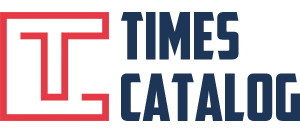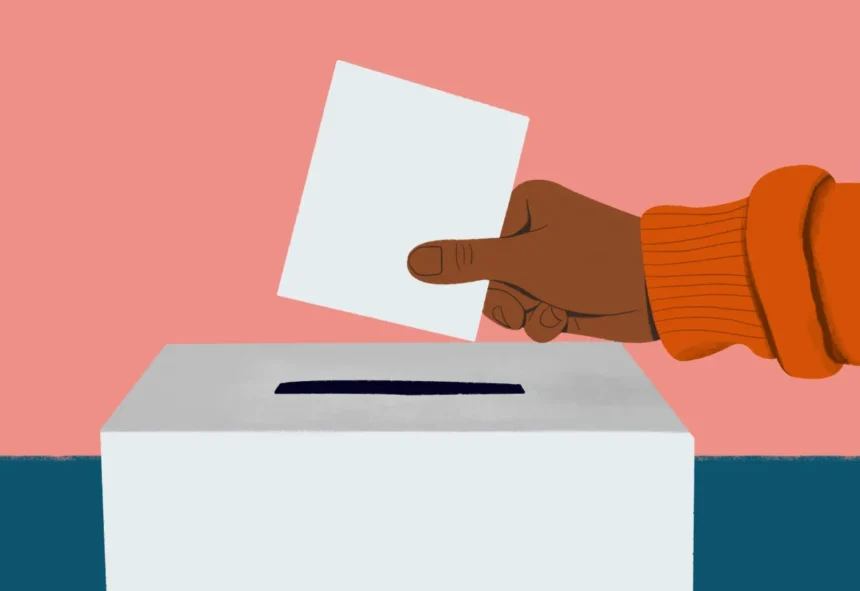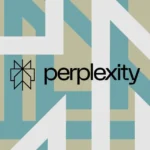As a pivotal election approaches, many Americans still find themselves searching for essential information needed to cast informed ballots. This knowledge gap can often be attributed to the difficulty of accessing voter information, from understanding judicial stances on a recall to deciphering the impact of new amendments on daily life. Enter My Ballot Ai, a Silicon Valley innovation designed to transform how we prepare for elections. This interactive mobile platform, launched by Mark Larman, aims to make voting information more accessible, comprehensive, and transparent.
Putting Information at Voters’ Fingertips
My Ballot Ai operates with a simple, user-friendly chat feature: voters type any question related to upcoming elections, and the app provides real-time, detailed answers. The app sources its data from Google’s Civic API and BallotReady API, giving users accurate, up-to-date election information. To enhance transparency and trust, My Ballot Ai includes citations with each response, addressing concerns about sourcing and preventing issues of misinformation, which have become more critical in today’s digital landscape.
This emphasis on clarity is not only thoughtful; it’s also strategic. In a world where misinformation and AI-generated content, such as fabricated endorsements or altered media, are flooding the internet, reliable voter information can be challenging to find. With My Ballot Ai, users can access factual details, helping them navigate complex election topics.
A Thoughtful Design to Support Voter Preparedness
The app also includes a feature allowing users to fill out a sample ballot. By familiarizing themselves with the language and layout of the actual ballot, voters can reduce confusion at the polls and feel more confident making their selections. “It just feels like a blessing to have it finally ready in time for the election,” says Larman, who hired a developer in February to bring his vision to life.

Larman’s commitment to voter education is deeply personal. During the 2020 election, he found himself at the voting booth, uncertain about who the judges on the ballot were or where they stood on key issues. This experience stayed with him as he joined the protests against the murder of George Floyd and began considering how technology might address this knowledge gap. With the growing accessibility of AI tools, he seized the opportunity to build My Ballot Ai — a nonpartisan, accessible platform focused on bridging the gap between voters and the information they need.
An Urgent Solution Amid Misinformation Concerns
In recent months, the spread of misinformation has drawn heightened attention from election officials. Elon Musk has become a notable example, with some state officials fact-checking the billionaire’s statements to ensure that voters are not misled. Meanwhile, Axios reports that fake endorsements are circulating on social media, thanks to AI-generated imagery and other deceptive content. Combined with the trend of search engines deprioritizing news, voters have fewer reliable avenues for verifying election information. Against this backdrop, My Ballot Ai emerges as a critical tool to support an informed voting process.
Larman notes that today’s voters feel news outlets are often biased. My Ballot Ai offers voters a way to bypass these biases, allowing them to explore issues independently without being swayed by partisan narratives. “If people weren’t so uninformed and knew more about the issues and candidates they were voting for, they’d feel less like they got cheated or lied to,” he says. This perspective drives My Ballot Ai’s mission to encourage independent thinking among voters.
Bringing Young Voters to the Polls
My Ballot Ai’s relevance is further heightened by the surge of young voters. According to Tufts University, 50% of young adults (aged 18–29) voted in the 2020 presidential election, a notable increase from the 39% turnout in 2016. While young voters are politically active, Larman believes they are deterred by complex, cumbersome voting resources. “They certainly aren’t interested in reading any 100-page voting manuals sent to their house,” he explains. My Ballot Ai caters to this demographic, offering streamlined, digestible content that engages young voters without overwhelming them.
Expansion Plans and a Bold Vision for the Future
Currently, My Ballot Ai is accessible across the United States, with plans to expand globally. But Larman’s vision extends beyond providing information alone. He aims to incorporate a networking component, enabling users to directly pose questions to political candidates. This feature, planned for rollout before the next midterms, promises to make political engagement even more interactive and personalized.
Larman also plans to integrate political quizzes into the app. These quizzes would help users gauge their stance on issues and receive relevant ballot recommendations, further personalizing their voting experience. To ensure broad reach, he’s in talks with universities and organizations, aiming to bring My Ballot Ai to even more potential voters across the country.
As My Ballot Ai begins its journey, it does so with a clear message: voters should have the power to learn, decide, and vote based on knowledge, not just party lines. “I want people to trust it as a tool that doesn’t necessarily care what you think; we just want you to think,” Larman says. By empowering users to make informed decisions, My Ballot Ai could play a meaningful role in enhancing democracy — one informed voter at a time.










